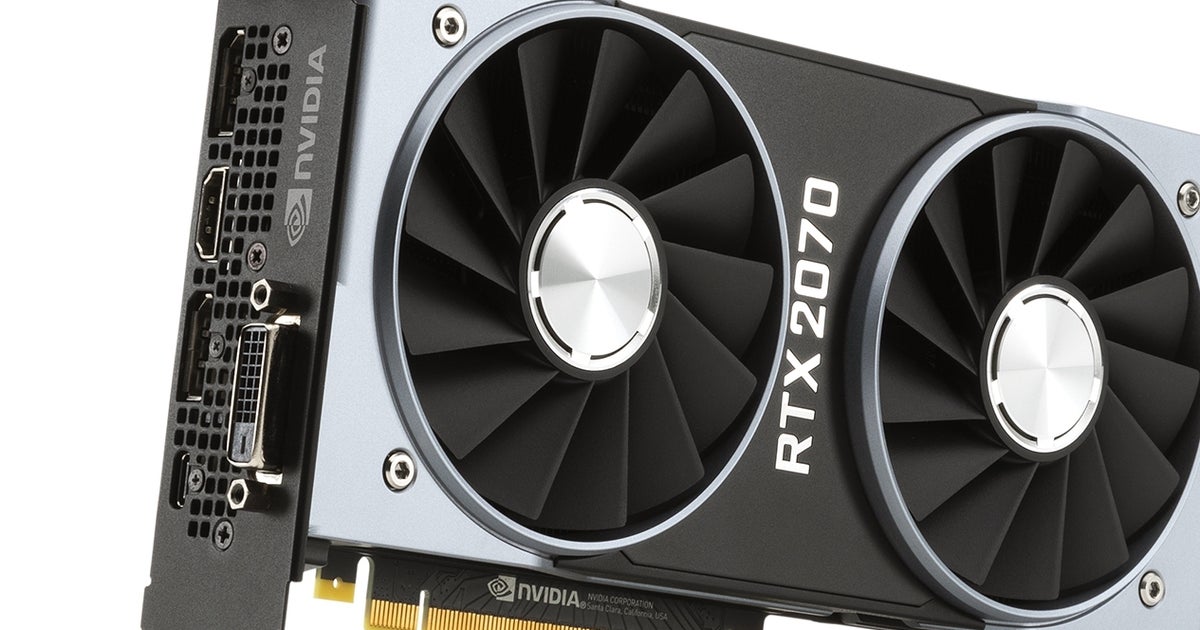Related posts:
- How to reach the Wind Temple in Zelda Tears of the Kingdom
- How to get Nala in Disney Dreamlight Valley and complete the Eyes in the Dark quest
- Pokémon Scarlet and Violet Glaseado Gym, including how to beat Ice Gym Leader Grusha and Snow Slope Run
- Wordle answer today for 8th July: What is the word today for 384?
- Destiny 2 Traveler’s Chosen quest steps: How to complete every Exodus Evacuation quest step
- Shadow of War guide and walkthrough: Tips for surviving every mission in Middle-earth
